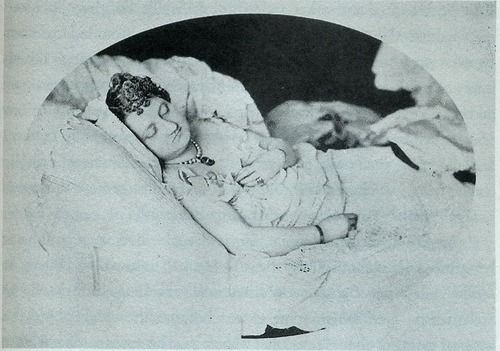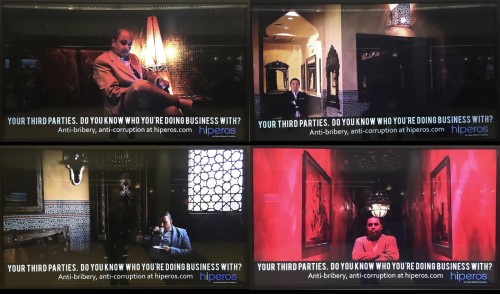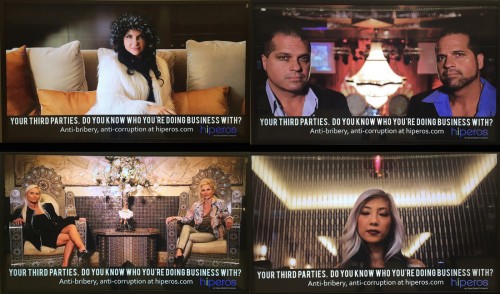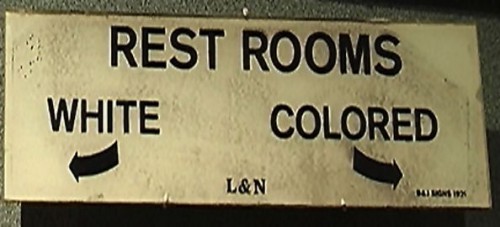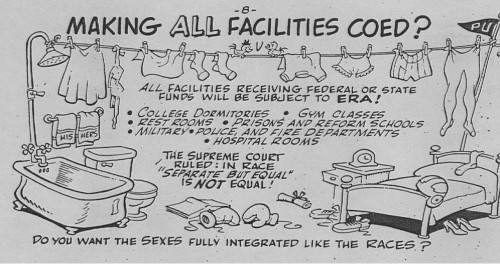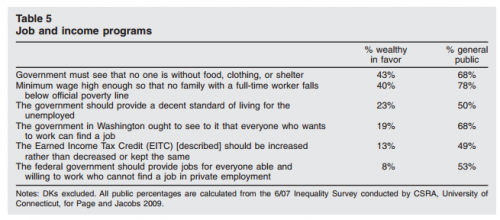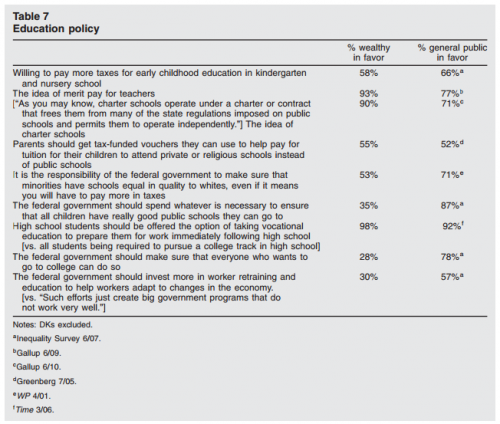So, Star Wars is out with a new movie and instead of pretending female fans don’t exist, Disney has decided to license the Star Wars brand to Covergirl. A reader named David, intrigued, sent in a two-page ad from Cosmopolitan for analysis.
What I find interesting about this ad campaign — or, more accurately — boring, is its invitation to women to choose whether they are good or bad. “Light side or dark side. Which side are you on?” it asks. Your makeup purchases, apparently, follow.
This is the old — and by “old” I mean ooooooooold — tradition of dividing women into good and bad. The Madonna and the whore. The woman on the pedestal and her fallen counterpart. Except Covergirl, like many cosmetics companies before that have used exactly the same gimmick, is offering women the opportunity to choose which she wants to be. Is this some sort of feminist twist? Now we get to choose whether men want to marry us or just fuck us? Great.
But that part’s just boring. What’s obnoxious about the ad campaign is the idea that, for women, what really matters about the ultimate battle between good and evil is whether it goes with her complexion. It affirms the stereotype that women are deeply trivial, shallow, and vapid. What interests us about Star Wars? Why, makeup, of course!
If David — who also noted the inclusion of a single Asian model as part of the Dark Side — hadn’t asked me to write about this, I probably wouldn’t have. It feels like low hanging fruit because it’s just makeup advertising and who cares. But this constant message that women are genuinely excited at the idea of getting to choose which color packet to use as some sort of idiotic contribution to a battle of good versus evil is corrosive.
Moreover, the constant reiteration of the idea that we are thrilled to paint our faces actually obscures the fact that we are essentially required to do so if we want to be taken seriously as professionals, potential partners or, really, valuable human beings. So, not only does this kind of message teach us not to take women seriously at all, it hides the very serious way in which we are actively forced to capitulate to the male gaze — every. damn. day. — and feed capitalism while we’re at it.
This ad isn’t asking us if we want to be on the dark side or the light side. It’s asking us if we want to wear makeup or wear makeup. It’s not a choice at all. But it sure does make subordination seem fun.
Lisa Wade, PhD is an Associate Professor at Tulane University. She is the author of American Hookup, a book about college sexual culture; a textbook about gender; and a forthcoming introductory text: Terrible Magnificent Sociology. You can follow her on Twitter and Instagram.



